Top 10 basketball stars who went from an HBCU to a household name
There hasn’t been a first-round pick from an HBCU since 1996
There are only two active HBCU alumni in the NBA today (Robert Covington from Tennessee State University and Kyle O’Quinn from Norfolk State University).
While historically Black colleges and universities have a great history of sending players to the NBA, things have changed in recent years. In fact, there hasn’t been a first-round pick from an HBCU since 1996.
What does HBCU mean?
HBCU stands for historically Black colleges and universities. Established as late as the Civil Rights Act of 1864, the institutions provided education for African Americans where they were not provided access to white institutions.
HBCU history
In 1912, HBCUs began running intercollegiate sports. It led to the establishment of the Central Intercollegiate Athletic Association (CIAA). The conference’s original programs include Howard University, Hampton University, Virginia Union University, Shaw University and Lincoln University (PA).
Today, in addition to the CIAA, there are now five predominantly HBCU athletic conferences: Gulf Coast Athletic Conference (GCAC), Mid-Eastern Athletic Conference (MEAC), Southern Intercollegiate Athletic Conference (SIAC), and Southwestern Athletic Conference (SWAC).
The NBA-ABA Merger
Before the NBA-ABA merger, many talented players from HBCUs didn’t receive much attention from the NBA. So, top players put their talents on display in the ABA.
However, this list does not take ABA success into account. So ABA greats, such as Jimmy Jones and Trooper Washington, will not be featured on this list. NBA history is riddled with well-known basketball stars who enjoyed tremendous success and their roots can be traced back to HBCUs.
Here we will look at the 10 greatest basketball stars that played their college careers at HBCUs. Honorable mentions: Avery Johnson, Darrell Armstrong, Dick Barnett, Elmore Smith, Lindsey Hunter and Purvis Short.
10. Anthony Mason, Tennessee State University
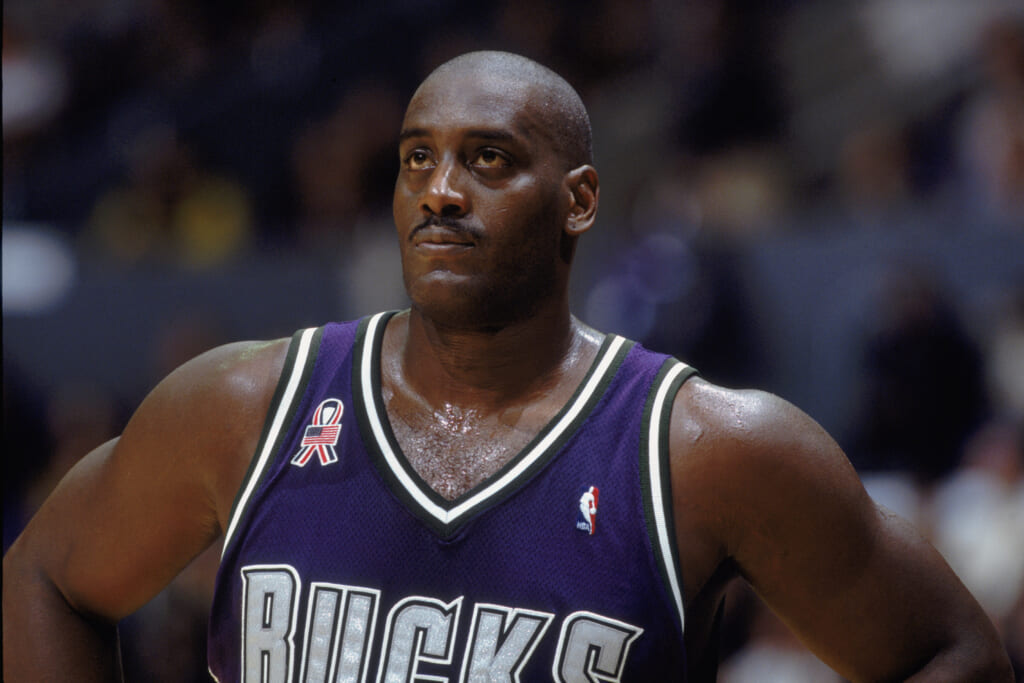
After two uneventful seasons to begin his NBA career, Mason’s career changed with the New York Knicks. He found a home in New York, winning the Sixth Man of the Year award in 1994. Mason’s breakout season as a starter came with the Charlotte Hornets in the ’96 to ’97 season, when he averaged 16.2 points, 11.4 rebounds and 5.7 assists and made the All-NBA third-team. He made his lone All-Star appearance in the 2000-’01 season with the Miami Heat, averaging 16.1 points, 9.6 rebounds and 3.1 assists.
9. Charles Oakley, Virginia Union University

Before Scottie Pippen, Charles Oakley was the Robin to Michael Jordan‘s Batman. Oakley played the role of the enforcer during his NBA career. He was one of the NBA’s best rebounders, finishing top-five in rebounds per game five times and leading the league in rebounds twice. An All-Star selection in ’94, Oakley also made the NBA’s All-Defensive team twice. Across 19 seasons, Oakley made the playoffs 15 times and reached the NBA Finals with the Knicks in ’94.
8. Truck Robinson, Tennessee State University
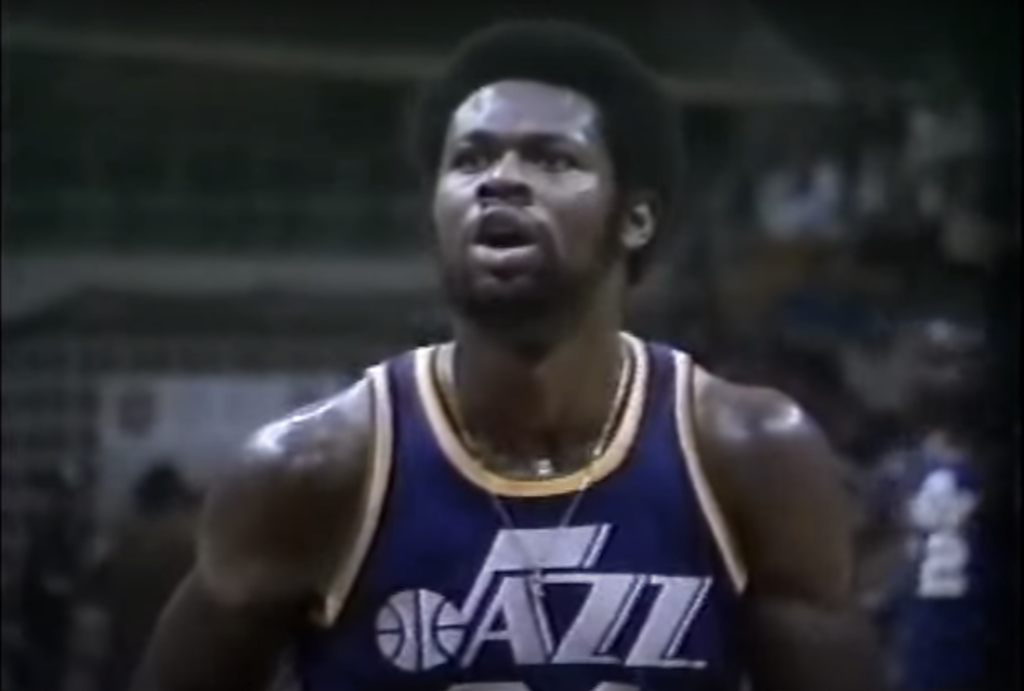
In Truck Robinson‘s first season in the NBA, he reached the 1975 NBA Finals with the Washington Bullets. As his minutes increased, Truck improved and his numbers soared. From 1976 to 1982, he averaged 19.6 points and 11.2 rebounds. Along the way, he earned two All-Star appearances. His breakout season came in ’77, when he averaged 22.7 points and 15.7 rebounds and was named to the All-NBA First Team.
7. Zelmo Beaty, Prarie View A&M University
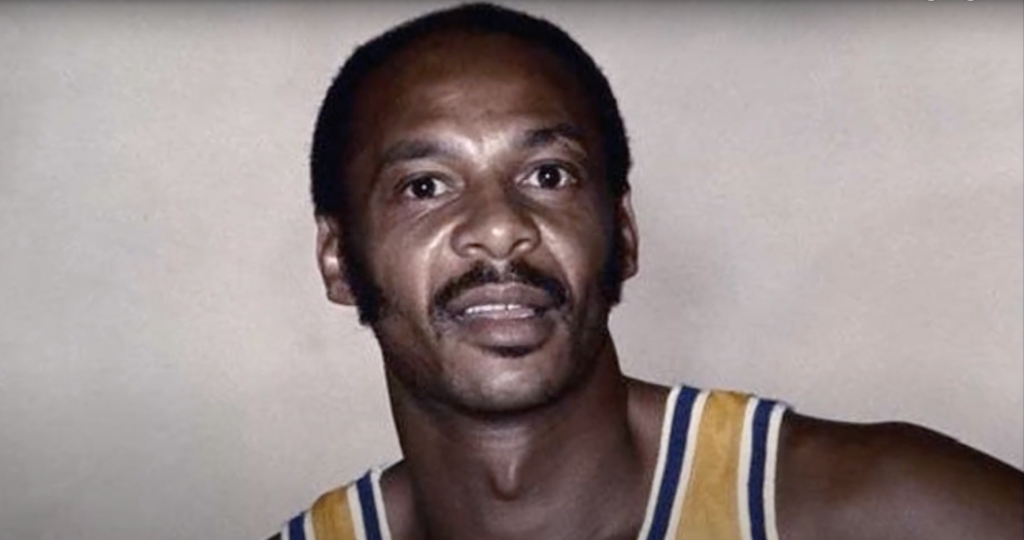
Zelmo Beaty is the first HBCU player to be selected with a top-five pick in the NBA Draft. He was the No. 3 overall selection in the 1962 NBA Draft by the St. Louis Hawks. Beaty played seven seasons with the Hawks, averaging 17.4 points and 11.2 rebounds and making the playoffs each season. In addition, he made two All-Star appearances. In 1970, Zelmo debuted in the ABA where he would play the remainder of his professional career until 1975. He was inducted into the Naismith Basketball Hall of Fame in 2016.
6. Bob Dandridge, Norfolk State University
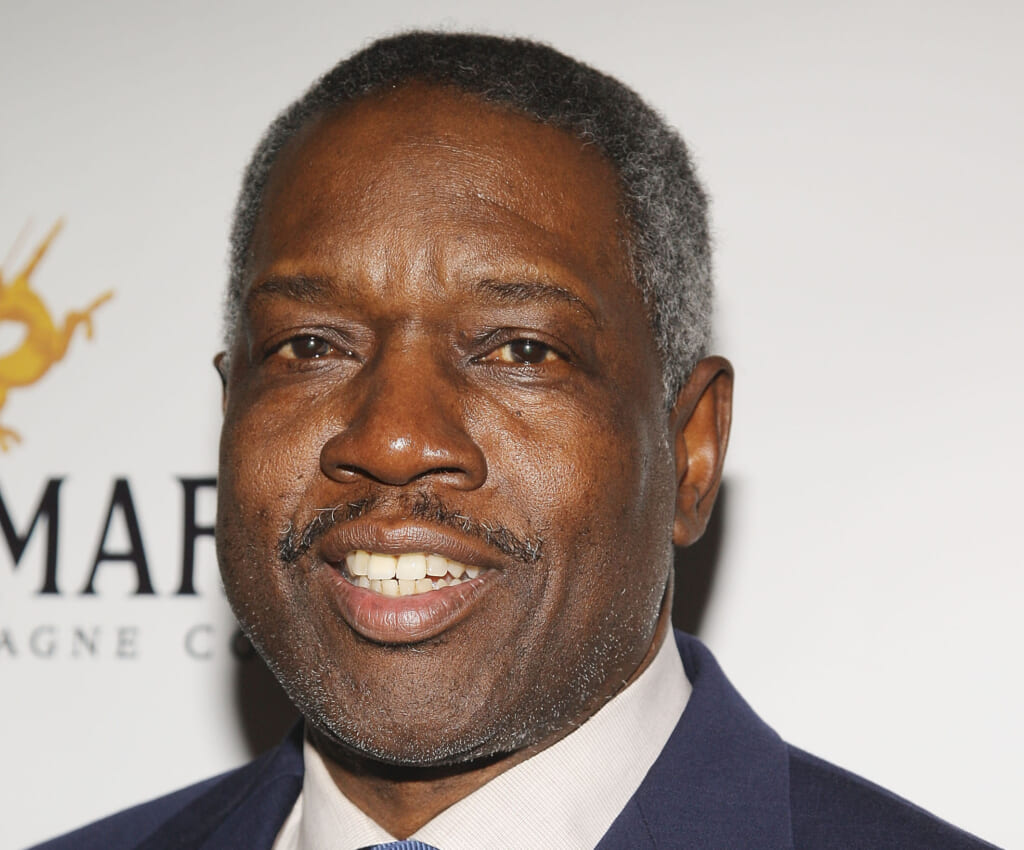
Bob Dandridge’s NBA career is the very definition of durability and consistency. Across 13 NBA seasons, he played 70 games in each of his first 10 seasons and averaged double-digits in scoring. During that stretch, he averaged 18-plus points per contest for nine consecutive years. Dandridge won two NBA championships and made four NBA Finals appearances total with the Milwaukee Bucks and Washington Bullets. In addition, he was selected to four All-Star games as well as an All-NBA and All-Defensive team.
5. Bob Love, Southern University and A&M College
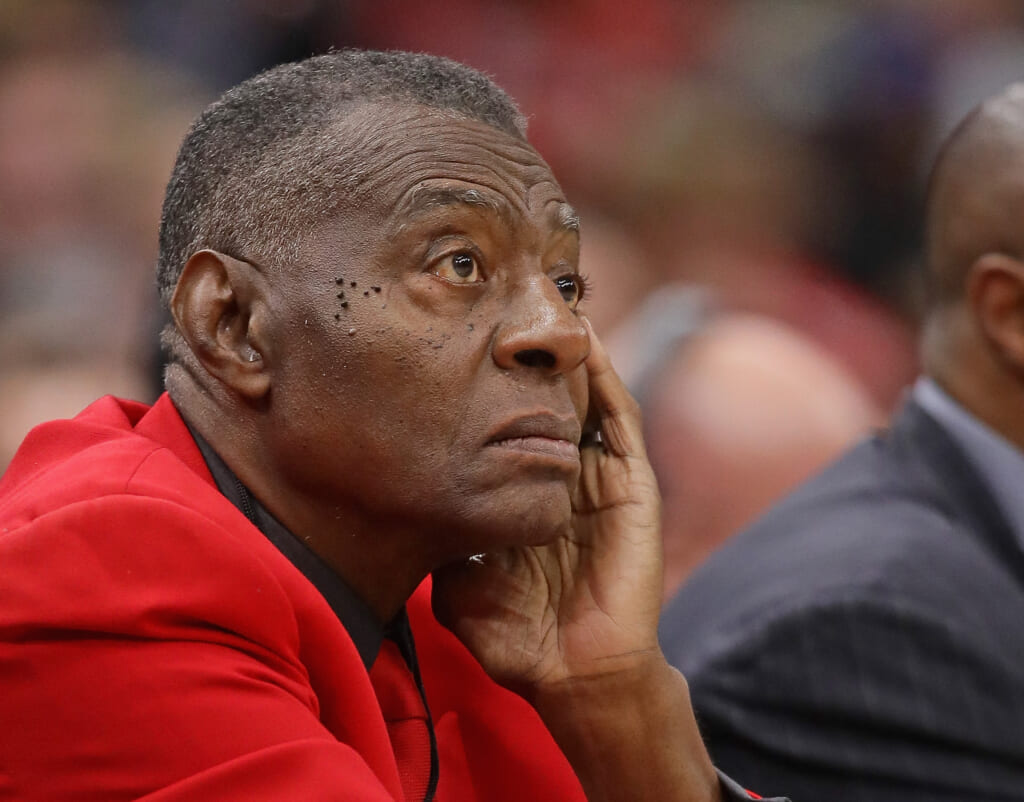
If the Most Improved Player award was around during Bob Love‘s career, he would have won it during the 1969-1970 season. Love’s game took off in the ’69, going from 5.9 points and 3.1 rebounds in 11.1 minutes per game the previous year, to averaging 21.0 points and 8.7 rebounds in 38.1 minutes. From the 1969-1975 season, he averaged 23.2 points and 7.1 rebounds. Meanwhile, he was selected to three All-Star teams, three All-Defensive teams and two All-NBA teams. Love was the first member of the Chicago Bulls ever to be selected to an All-NBA team.
4. Earl Monroe, Winston-Salem State University
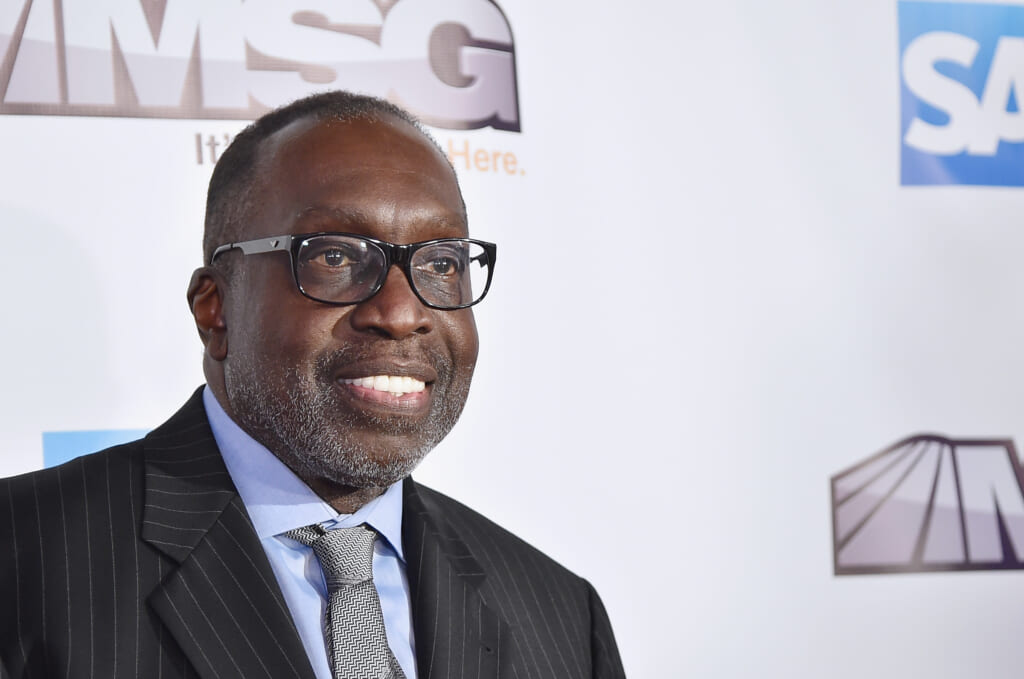
Earl “The Pearl” Monroe is the highest-drafted player ever from an HBCU, as the No. 2 overall pick by the Baltimore Bullets (now Washington Wizards) in the 1967 NBA Draft. He averaged 24.3 points, 5.7 rebounds and 4.3 assists in his rookie season, becoming the second HBCU star to win the Rookie of the Year award. In his first four seasons with the Bullets, Earl averaged 23.7 points and 4.6 assists, making two All-Star appearances (four in his career) and was selected to the All-NBA team. In 1973, Earl went on to win an NBA championship with the New York Knicks.
3. Ben Wallace, Virginia Union University

Ben Wallace is the only player on this list that entered the NBA as an undrafted rookie. Although he wasn’t a force on offense, he more than made up for it with defense and rebounding. Wallace won the Defensive Player of the Year award four times, tied for the most in NBA history with Dikembe Mutombo. He averaged over 10 rebounds, two blocks and a steal for seven straight seasons. Wallace appeared in four All-Star games and was named to NBA’s All-Defensive team six times. In the 2003-2004 season, Ben Wallace won an NBA championship with the Detroit Pistons on a team that is widely recognized as the greatest defensive team of all-time.
2. Sam Jones, North Carolina Central University
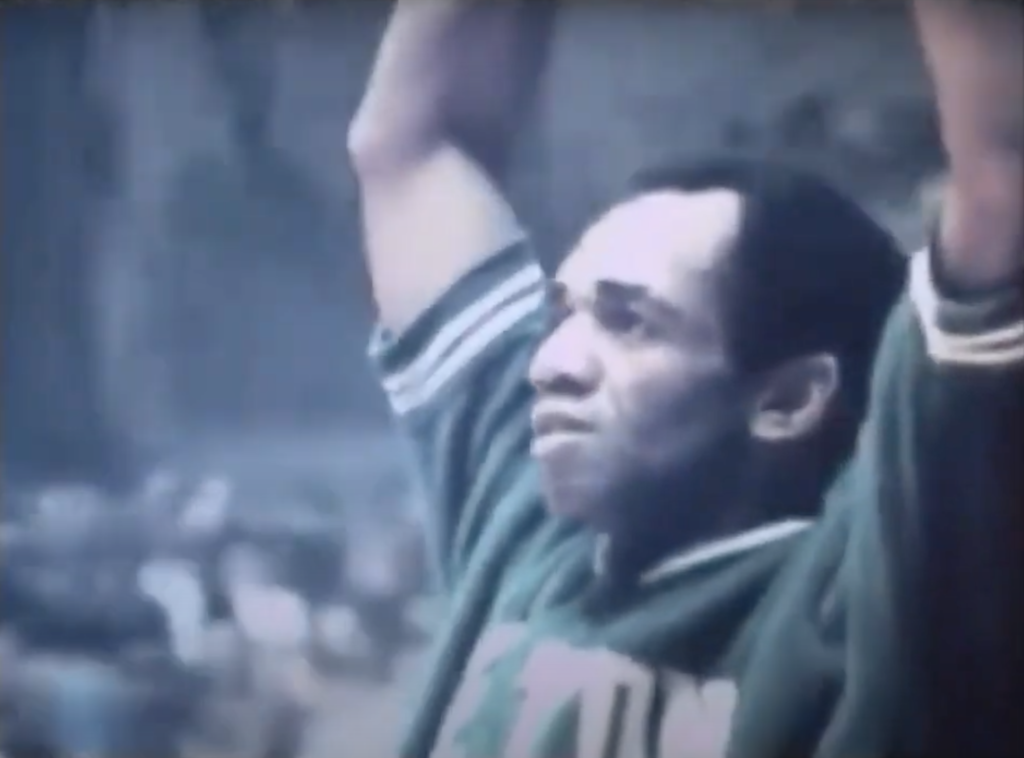
Sam Jones holds the distinction of being the first HBCU alum to be drafted into the NBA as a top-10 pick. As a member of the Boston Celtics, he went on to win NBA championships, the second-most in NBA history (Bill Russell, 11). No other HBCU product has ever won more than three NBA championships. Beyond his championship accolades, he was also selected to five All-Star games and earned three All-NBA appearances. Jones’ best stretch in the NBA came from the 1964 to 1968, when he averaged 23.3 points.
1. Willis Reed, Grambling State University
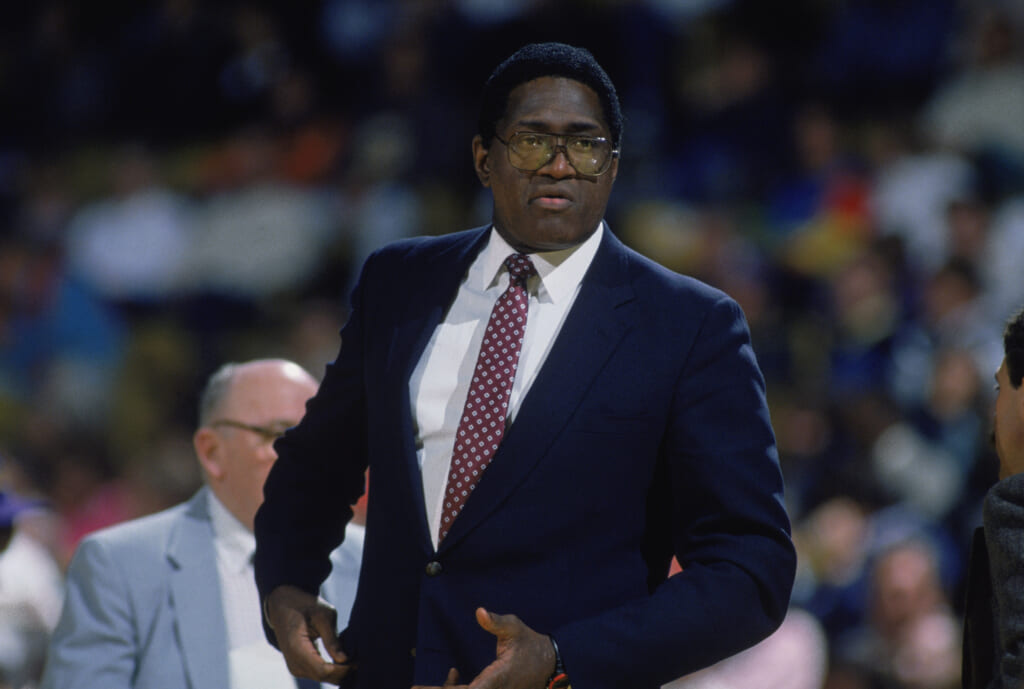
Although Willis Reed’s career ended prematurely due to injury, his accomplishments during his playing days are remarkable. He spent his entire 10-year career with the Knicks, leading the team to two NBA championships and won Finals MVP twice. He is the only HBCU product to date that has won Finals MVP, NBA MVP and/or All-Star MVP in their career. Reed was selected as an All-Star in each of his first seven seasons, with five All-NBA appearances. He was the first HBCU alum to be inducted into the Naismith Basketball Hall of Fame in 1982.
– Jarrett Hoffman from Sportsnaut.com contributed to this article.
More sports news:
- 50 Top NBA players of 2021: Historical performance has Zion Williamson on the rise
- Five-star CBB recruit Makur Maker commits to Howard over Kentucky, UCLA
- NBA games today: TV schedule, daily fantasy picks, and best bets
Have you subscribed to theGrio’s new podcast “Dear Culture”? Download our newest episodes now!
TheGrio is now on Apple TV, Amazon Fire, and Roku. Download theGrio today!
The post Top 10 basketball stars who went from an HBCU to a household name appeared first on TheGrio.
from TheGrio https://ift.tt/3xUkNtU
No comments: